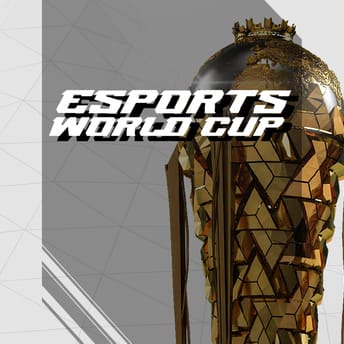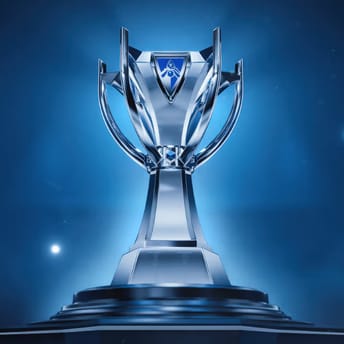Reports Reveal Korean League of Legends Esports League Lost Over $25 Million Over Three Years

|
|
- The LCK accumulated a deficit of over $25 million across three years.
- The report was shared via a graph created by reporter Shin Gyu-seop, who sources the Financial Supervisory service’s disclosure system.
- Questions are being raised about whether LCK can continue to operate.
The LCK accumulated a deficit of 40 billion won (around $28 million) over the last three years. The figure was shared by reporter Shin Gyu-seop, who sources the Financial Supervisory Service – a government agency staffed by civil servants.
Here are the net losses over the past three years, as according to the official government report:
- 2022: 8.1 billion KRW loss (~5.6 million USD)
- 2023: 13.2 billion KRW loss (~9.2 million USD)
- 2024: 27.9 billion KRW loss (~19.5 million USD)
The total cumulative deficit is the total sum of all net losses a company accumulated. The cumulative deficit sum was shared by Dealsite, a Korean website that serves as the original source.
LCK faces bigger and bigger financial losses year by year, indicating a financially unstable model. 2024’s loss more than doubled the prior year’s loss, leading Dealsite to speculate that the trend will only worsen with time.
Another LCK fanatic added input:
“68-70% of the LCK’s expenses were incurred due to the commission they paid to Riot Korea, which was paid to Riot Korea in the form of a ~19 mil USD payment,” they shared.
“Regardless of the LCK profiting or not (which it can’t since it’s having all its revenue siphoned by Riot Korea), Riot Korea, and thus Riot HQ profits in the end. Also meaning that the LCK is probably profitable in a vacuum, and probably much much healthier than other major regions atm.”
Esports leagues frequently operate at a financial loss, and the League of Legends Champions Korea is no exception, despite its status as one of the most prominent esports regions globally. Rather than serving as standalone profit centers, esports competitions often function as strategic brand assets — enhancing a game’s visibility, reinforcing its cultural relevance, and investment narratives.













